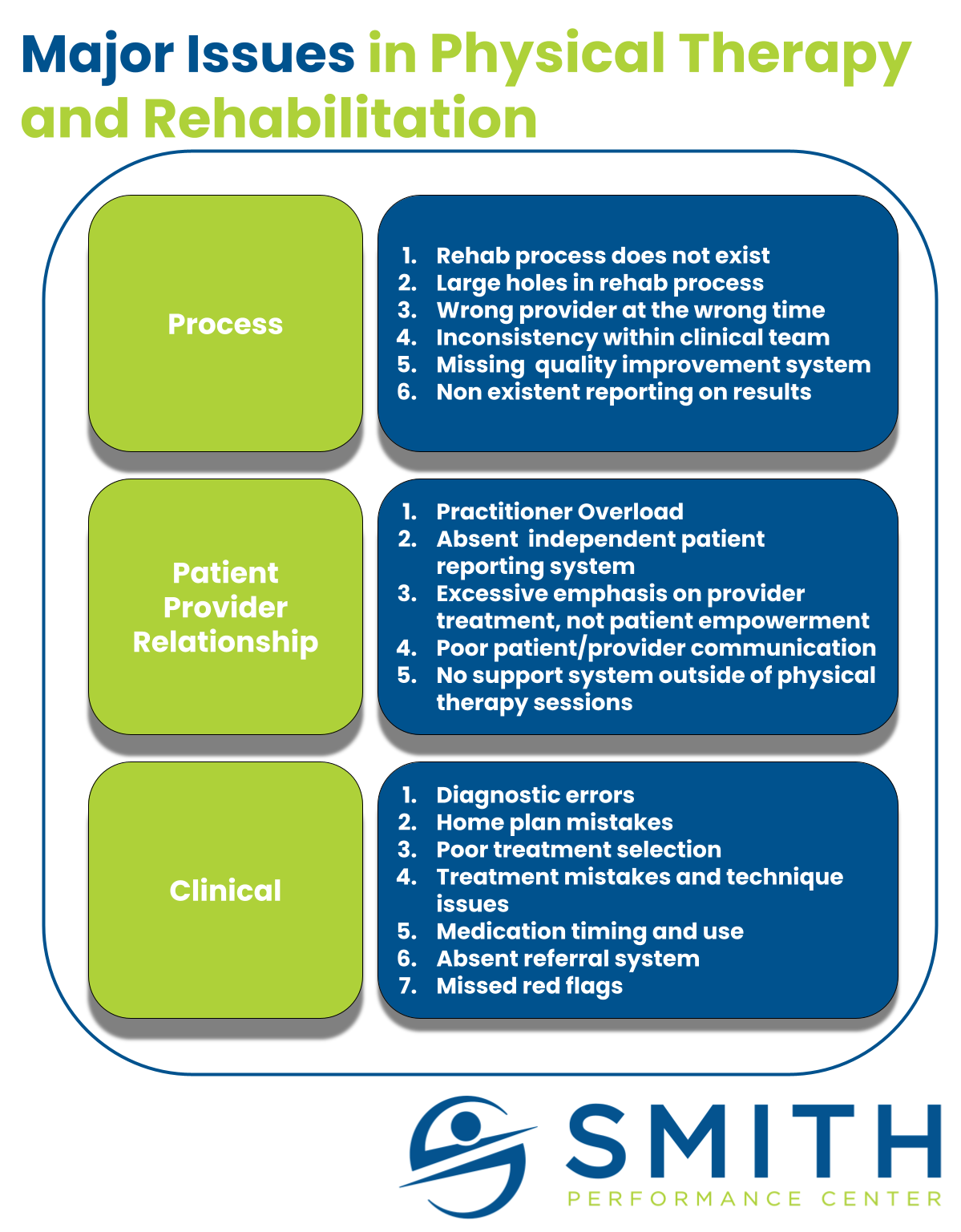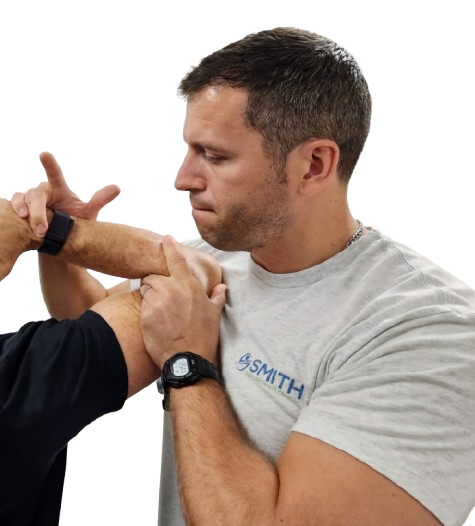Telehealth in Physical Therapy
The Technical Definition
The official definition of telehealth is as follows: “Telehealth is defined as the use of electronic information and telecommunication technologies to support long-distance clinical health care, patient and professional health-related education, public health, and health administration. Technologies include video conferencing, the internet…”. To take the technology further, telehealth is an umbrella term for a variety of services (education, administration, public health, healthcare) delivered electronically through telecommunications.
Healthcare services delivered through video conferencing and internet services are called telemedicine. Telemedicine is the term used to describe clinical care rendered through video conferencing, the internet, and other electronic means. Telemedicine is one specific component of telehealth and is the primary service we are putting systems in place to provide.
We will use the term telemedicine and telehealth interchangeably on our website and in this article. For our purposes, the distinction is unnecessary.
Our Definition of Telehealth
Our definition of telemedicine is simple. We will provide the same high, level of care over the internet that will deliver in person.
How do we maximize the experience of a telehealth session?
This has been a significant process and will be ongoing.
First, we converted our standardized intake measures and exams. Next, we made all treatments independent of the provider. Finally, a much greater emphasis than normal is placed on the home plans. We have gone through all of these steps and modified them so we can deliver them electronically.
The majority of the process is the same:
Review of your medical history
Subjective report from you related to your primary complaint
Objective tests and measures (This will feel like you performed a comprehensive physical exam on yourself, with the guidance of one of our therapists to bring everything together)
Determine a structural diagnosis and other differential diagnoses based on the subjective and objective portions
Provide an in-session treatment
Develop a complete home plan including recovery strategies, exercises and activities modifications, and trigger management
You can perform them in the comfort of your home independently or with the help of those who live with you.
What are the Limitations and Advantages of Telehealth and Telemedicine?
The primary limitation of telemedicine is obvious: we cannot perform hands-on physical examination and treatment, where we use our training to tease out subtleties and provide specific manual therapy interventions. However, our goal is to continue improving our skill set so that you do not need the hands-on component while still delivering high-level care. This will include more videos for providing self-care, including self-soft tissue treatment, self-taping, therapeutic exercises, activation exercises, activity modification strategy, trigger management, and recovery positioning.
With the limitations being obvious, the advantages are also clear: you can still receive quality medical care while remaining safe wherever you are. We are confident that we will maintain highly successful outcomes, regardless of whether the service is rendered in person or electronically. You should not feel like you are receiving a different product in any regard, the only difference is we teach you how to do the exam and treatment. We will still be tracking our results, refining the process, and getting better with the same fanaticism present in our normal, in-person treatments.
Summary and the Impact of Current World Events
While we are still seeing patients who are appropriate for in-person visits, it is also our duty as medical professionals to promote sound public health policy. If there is any chance of us contributing to the spread of illness with an in-person visit, then we have immediately done more harm than good. Because of this we are absolutely committed to delivering a high-quality service online. We know a lot of individuals have already been forced to dramatically change their training habits. Further still, individuals with injuries or health concerns may be even more confused about how to modify their training safely and effectively. Our goal through all of this is to keep as many people healthy, active, and safe as possible. We do not believe these changes mean your training/progress has to stall or regress, it simply has to be modified to meet the same goals. We look at this as an opportunity for our company, and for the individuals we serve, to continue to learn and progress.
Questions
If you have any questions or know anyone who you feel may benefit from our services, please do not hesitate to reach out via phone or email.
Phone: (520) 398-4886
Email: admin@smithperformancecenter.com
Do you want to schedule a session?
Book your appointment here







